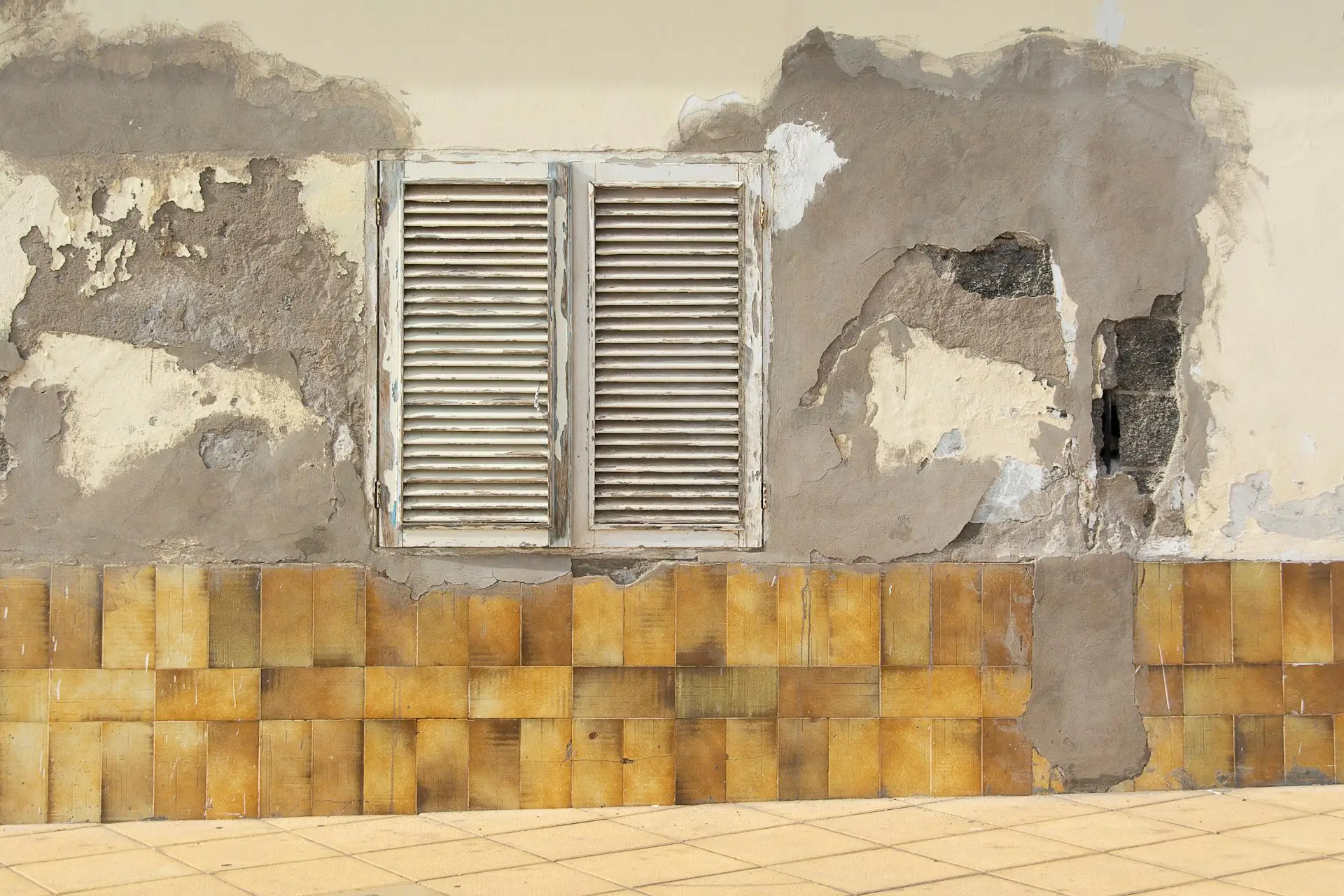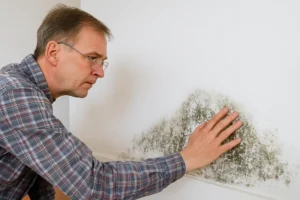Is It Safe to Return Home After a Flood?
Hazards to Watch For
Floodwaters
Even shallow water can be deceptive, concealing dangerous debris such as broken glass, sharp metal, or even downed power lines. Floodwaters can also carry contaminants like sewage, chemicals, or oil, posing serious health risks through direct contact or ingestion.
Electrical Hazards
Never touch electrical equipment or outlets if you're wet or standing in water. Water is a conductor of electricity and can cause electrocution. If possible, turn off the power to your home at the main breaker box, but only if you can do so safely without contacting water.
It is also important to be aware of downed power lines; assume they are live and stay far away. Report them to your local utility company immediately.
Gas Leaks
Floodwaters can damage gas lines, leading to leaks. Do not use matches, lighters, candles, or any open flames if you suspect a gas leak. Instead, use a flashlight for illumination and leave the area immediately.
Report the suspected leak to your gas company.
Unstable Structures
Floodwaters can significantly weaken the structural integrity of buildings. Be extremely cautious when entering rooms or buildings that have been flooded. If you hear creaking or popping sounds, evacuate the building immediately.
Mold and Mildew
Floodwaters create ideal conditions for mold and mildew growth, which can pose health risks, especially for those with respiratory issues or allergies. Begin drying out your home as soon as it's safe to do so and discard any porous materials that have been soaked.
Wild Animals
Flooding can displace wild animals, including snakes, rodents, and insects, into your home or neighborhood. If you have to enter a flooded area, wear protective clothing, including gloves and sturdy shoes.
Contaminated Food and Water
Floodwaters can contaminate food and water sources. Do not consume any food that has come into contact with floodwater and only drink bottled or boiled water until local authorities deem the tap water safe.
Carbon Monoxide Poisoning
Never use generators, grills, or other gasoline-powered equipment indoors or in enclosed spaces. These devices produce carbon monoxide, a colorless, odorless gas that can be deadly.

Water Damage Is More Than Meets the Eye
Dangers of Water Damage in Your Home
As mentioned, mold and mildew can develop within 24 to 48 hours of water exposure. These fungi not only cause structural damage to your home but also present serious health risks. Mold, mildew, and bacteria release spores and toxins into the air, which can compromise indoor air quality. This may trigger allergic reactions, respiratory problems such as asthma, and, in severe cases, even neurological issues.
Moreover, water can weaken the structural integrity of your home. It can lead to wood rot, crumbling drywall, and metal corrosion. Over time, this damage can result in sagging ceilings, buckling floors, and, in extreme cases, structural collapse.
Cleaning Up Safely: What You Should Know
According to the CDC and FEMA, floodwater can carry human and animal waste, medical and industrial waste, and even carcinogens. Cleaning up without proper precautions can put you at serious risk.
Key Safety Guidelines
- Wear gloves, boots, eye protection, and an N95 mask.
- Discard items like mattresses, pillows, carpets, and stuffed toys that can’t be thoroughly cleaned.
- Wash all contaminated clothing separately in hot water and detergent.
- Avoid working in moldy areas if you’re immunocompromised, pregnant, or have respiratory issues.
Should You Clean Up Yourself After a Flood?
Flood cleanup can often present more hazards than it initially appears, and many situations necessitate expert assistance rather than a DIY approach. While minor flooding events might be something you can handle on your own, several indicators suggest it’s time to call in professionals.
Firstly, if you see mold growth or suspect it might be developing, it’s crucial to seek help. Mold can pose serious health risks, and professionals are trained to handle it safely and effectively.
Additionally, if the flooding involved sewage or chemical exposure, you should never attempt the cleanup without expert assistance. Contaminated water can carry harmful pathogens and toxins, so it’s best to leave this work to trained professionals who have the proper protective gear and knowledge of hazardous materials.
Moreover, any signs of structural damage—like buckling walls, sagging ceilings, or compromised foundations—should raise immediate red flags. Attempting to clean up in those conditions can lead to serious injury.
Also, it’s vital to consider the health of everyone in your household. If you or your family members have pre-existing health concerns, like respiratory issues, or if children or pregnant individuals are present, they should avoid participating in cleanup efforts altogether.
Professional water damage restoration teams are specifically trained to identify hidden hazards that an untrained eye may miss. They utilize advanced industrial equipment and techniques that go far beyond simple surface cleaning, ensuring a thorough restoration of your home back to a safe and livable condition. These experts have the skills to properly assess the situation and take the necessary steps to mitigate damage and ensure your home is safe.
Don’t Risk It—Let Tradewinds Help You Restore Your Home Safely
Flood damage can leave your home vulnerable long after the water disappears. Don’t take unnecessary risks with your safety or your family’s health.
Our water damage restoration team at Tradewinds is available 24/7 to help you assess the damage, eliminate hidden dangers, and restore your peace of mind.
Contact us today for a professional evaluation and get started on the road to recovery.





